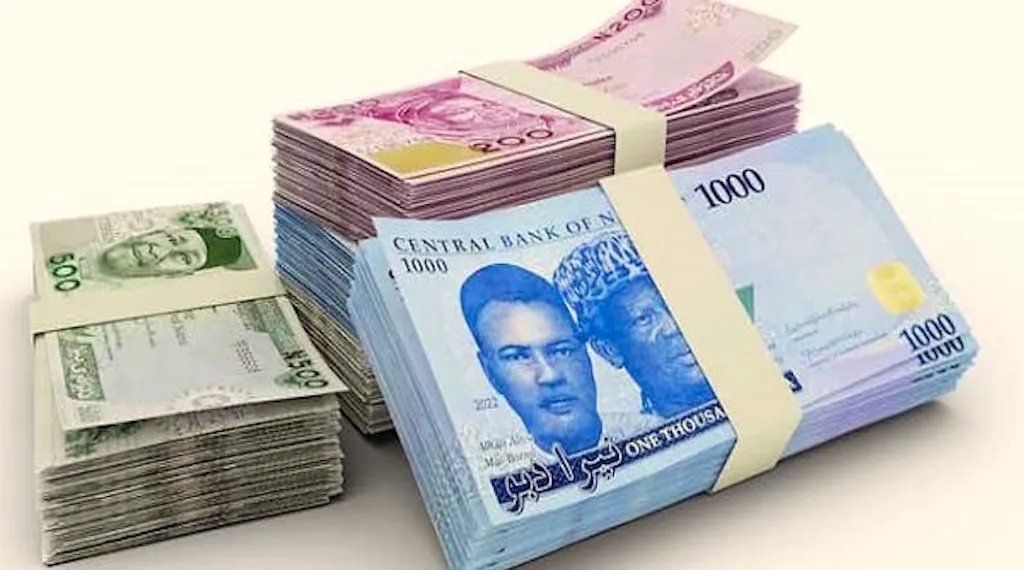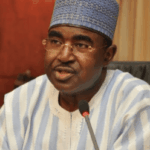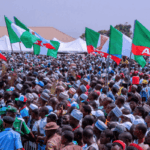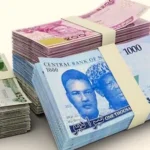The Naira closed flat in the second week of November in various foreign exchange markets, while Nigeria's external reserves continued to grow and provide some support to the local currency.
According to data published by the Central Bank of Nigeria, the Naira on Friday ended the week at N1,442.43 per dollar, marking a decline of 0.4 per cent or N5.86 on a week-on-week basis compared to N1,436.57 recorded at the close of trading last Friday at the Nigerian Foreign Exchange market.
Over the course of five trading days in the official market, the currency depreciated by N5.14 as the dollar was quoted at N1,442.43 on Friday against N1,437.29 quoted at the beginning of the week, indicating that the local currency remains under pressure despite the improvement in reserve levels.
On a day-to-day basis, the Naira weakened slightly to 99 kobo from N1,441.44 per dollar quoted on Thursday, highlighting the delicate balance between demand and supply within the official FX window.
In the parallel market, also widely known as the black market, the Naira gained marginally by 0.2 per cent, trading at N1,457 compared to N1,460 quoted on Monday, the first trading day of the week. This modest gain in the informal market underlined changing market sentiments, as traders reacted to expectations of improved liquidity and the impact of recent regulatory actions.
Also read: Naira benefits from moderation in food inflation
Nigeria's external reserves continued to grow and reach $43.53 billion by November 13, 2025. Based on Central Bank data, this represents an increase of 0.48 percent from the $43.32 billion recorded on November 6, 2025.
A steady increase in reserves is seen as a positive sign of improved inflows and enhanced ability to protect the currency during times of increased speculative activity or increased demand for foreign exchange.
Afrinvest Securities Limited in its latest market commentary noted that the Naira appreciated on both official and parallel channels, largely supported by the Central Bank’s ongoing interventions. The firm noted that the Naira gained 0.4 per cent week-on-week to close at N1,442.43 per dollar at the NAFEM window. Similarly, in the parallel market, it closed at N1,445 per dollar, up 1.5 per cent week-on-week against the US dollar. The report highlighted the narrowing gap between official and unofficial rates as evidence of reduced speculative pressure and gradually improving market confidence. “Looking ahead, we expect the naira to trade within a similar band next week, supported by reduced speculative activities and strategic interventions by the CBN at a time of rising demand pressure,” analysts at Afriinvest said.
FSDH analysts also observed that the naira's relative stability in recent weeks has been driven by greater market transparency, strengthening reserve levels and increased forex inflows. He noted that in October 2025, the currency strengthened to about N1,460 per dollar, a development he attributed to renewed confidence in the Nigerian foreign exchange market due to improved liquidity and reduced speculative demand.
While he acknowledged that short-term risks have subsided, he stressed that maintaining current stability will require disciplined monetary policy management and frequent communication from monetary authorities to keep market expectations stable.
Also read: Naira benefits as external reserves reach six-year high of $43.42 billion
He projected that the Naira will likely maintain a relatively stable outlook through the fourth quarter of 2025, with the possibility of moderate appreciation should inflows continue at the current pace, especially from foreign investments, oil income and other external sources that contribute to reserve accumulation and overall market liquidity.











